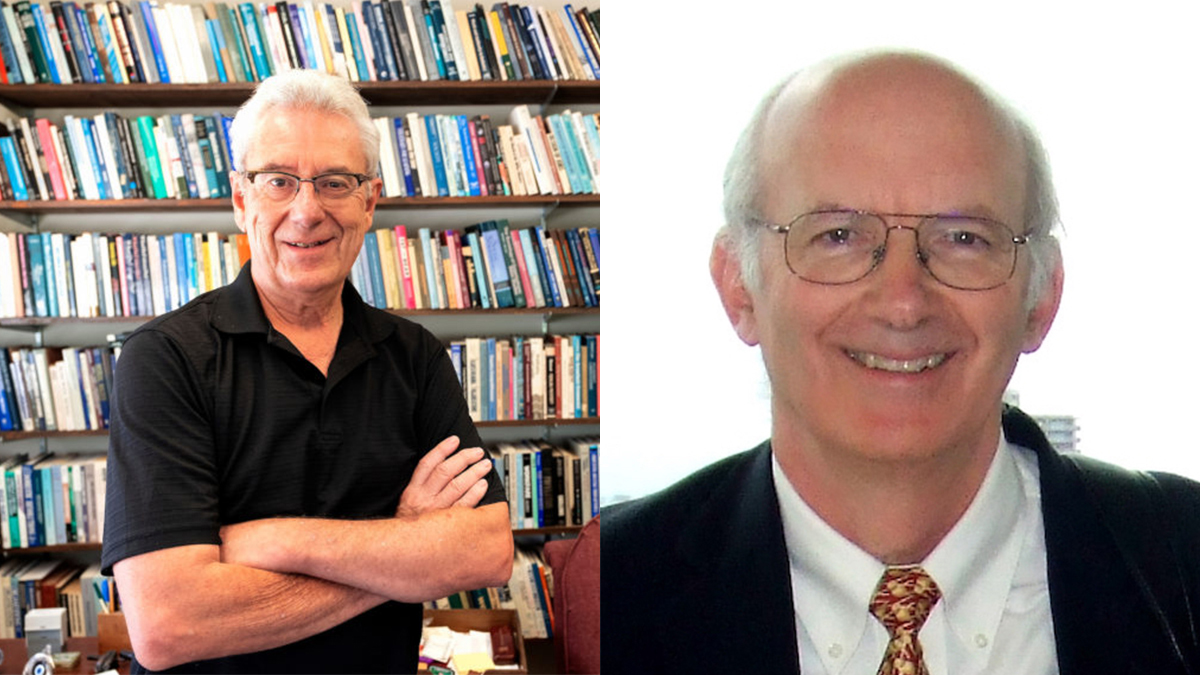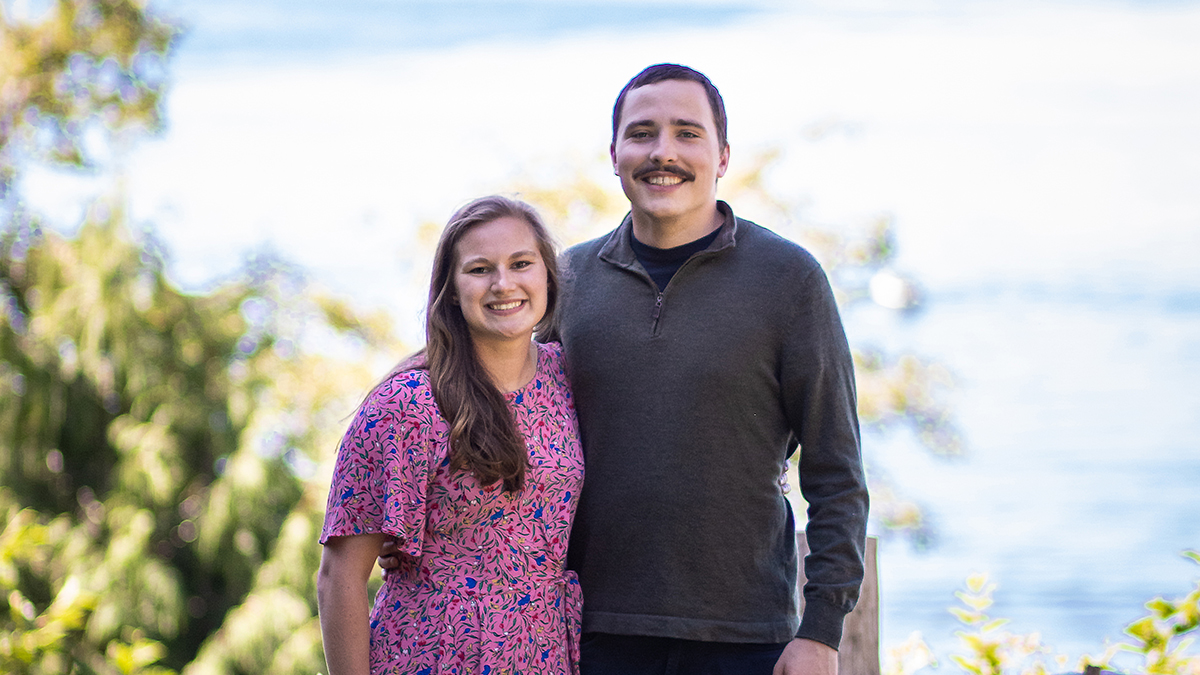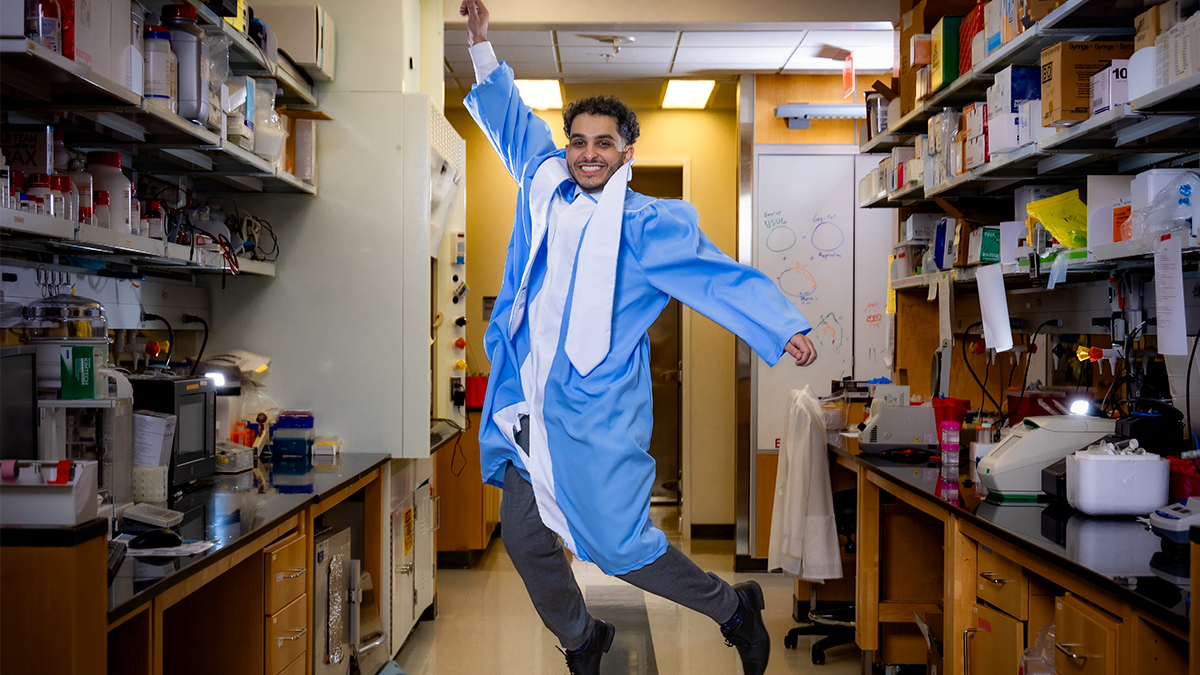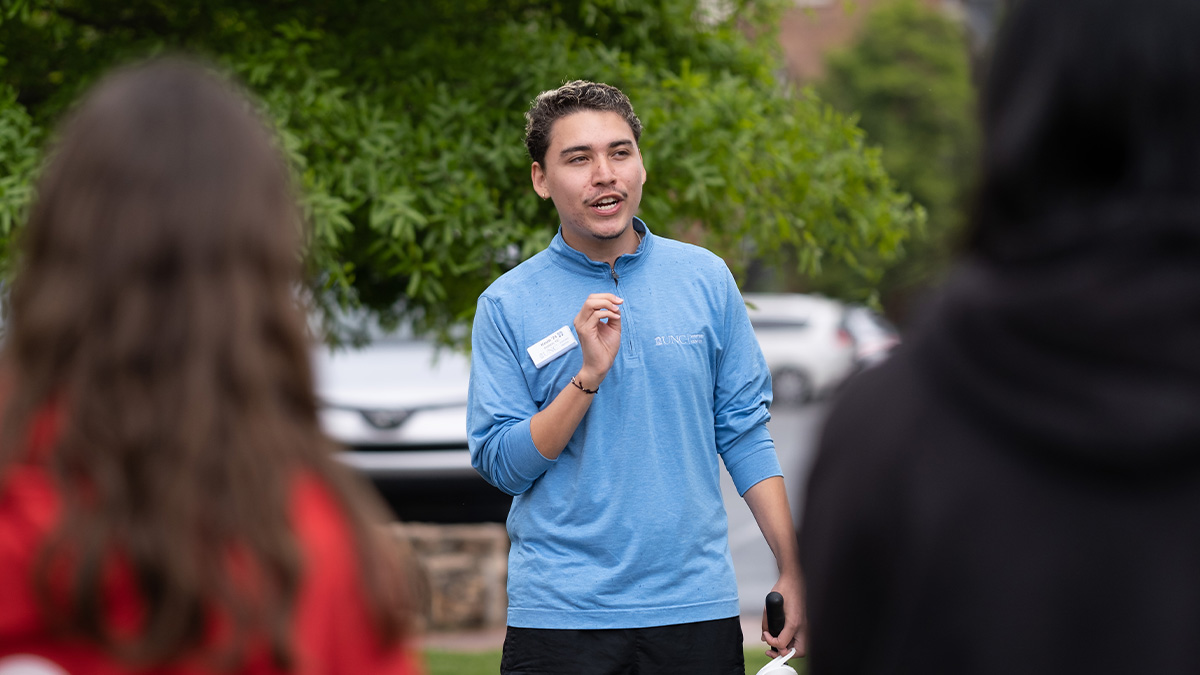2023 Chapman Family and Johnston Teaching Awards
The award winners share thoughtful reflection on the teachers who inspired them to be better instructors.
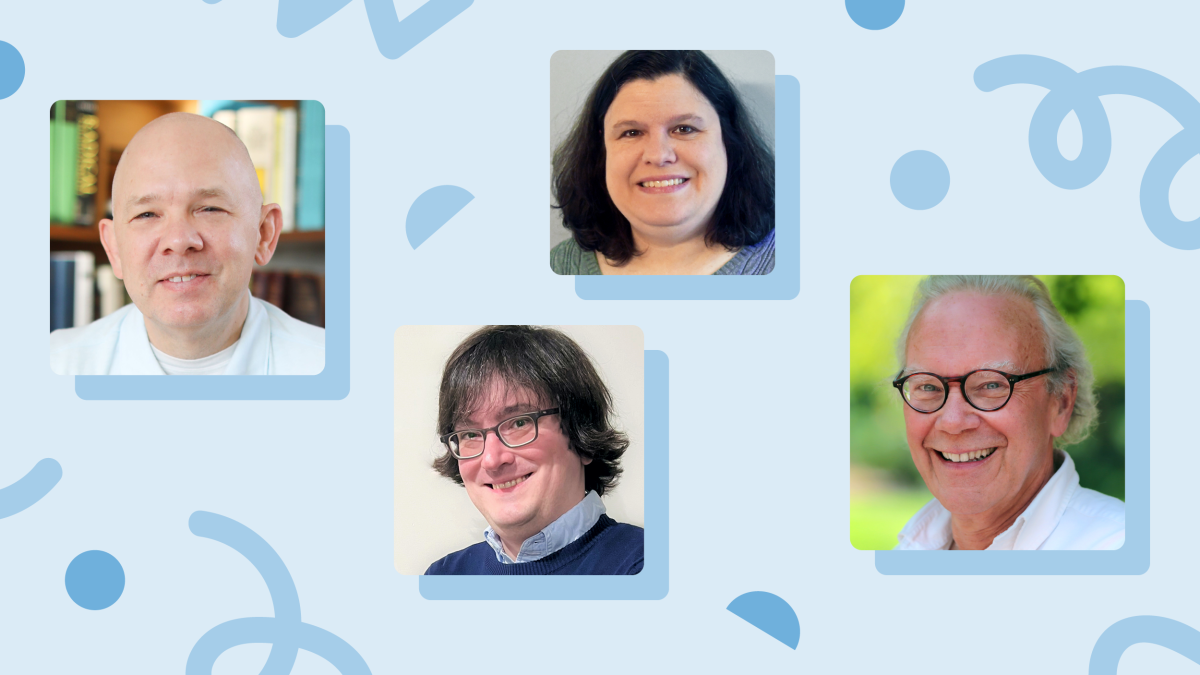
Chapman Family Teaching Awards
Created in 1993 with a gift during the Bicentennial Campaign from Max Carrol Chapman Jr. ’66 on behalf of the Chapman family, these awards honor distinguished teaching of undergraduate students. The award carries a stipend of $30,000 to be used over the period of five years.
Patrick Harrison
Department of psychology and neuroscience, College of Arts and Sciences

Patrick Harrison
Who was the best teacher you had and why?
It is difficult to name just one! I’ve been fortunate to have so many amazing teachers and professors at each stage of my academic journey. The two that stand out, however, are Dr. Robyn Mallett and Dr. Fred Bryant. Dr. Mallett, my Ph.D. adviser and mentor, taught me the importance of iterative improvement in my research and teaching. She modeled excellence and took the time to give me thorough and thoughtful feedback. In short, she taught me how to be a professor.
Dr. Bryant, my graduate statistics professor and mentor, helped me find my love for statistics and research methods. His enthusiasm and his genuine care for his students was unmatched. His passion made me truly appreciate the joy of sharing one’s love for a topic with others. Both were hugely influential in shaping my professional path as an academic.
What does it take to be a good instructor in 2023?
Again, it is difficult to identify a single defining characteristic, but I think care and compassion are absolute necessities. Good instructors help students learn course material. Great instructors mentor their students and care about their well-being. Great instructors also have high expectations but remind students that they are people, first and foremost. I believe that instructors have a duty to pass on caring and compassionate mentorship to the next generation of students.
Tell us a story about something creative you’ve done to engage your students.
My students know I love to use memes as instructional tools. Too often, I think we take ourselves too seriously. Having a good laugh at the beginning of class is a great way to break the ice and get started on a positive note. Students in Statistical Principles of Psychological Research, for example, create course and topic-related memes that we present and discuss at the beginning of each class meeting. Research suggests that creating memes is not just a chance to have some creative fun, but also facilitates deeper encoding of course material. I am blown away by the students’ creativity and some students even comment that the memes have helped them get over their fear of statistics.
Anastacia Kohl
Department of Romance studies, College of Arts and Sciences
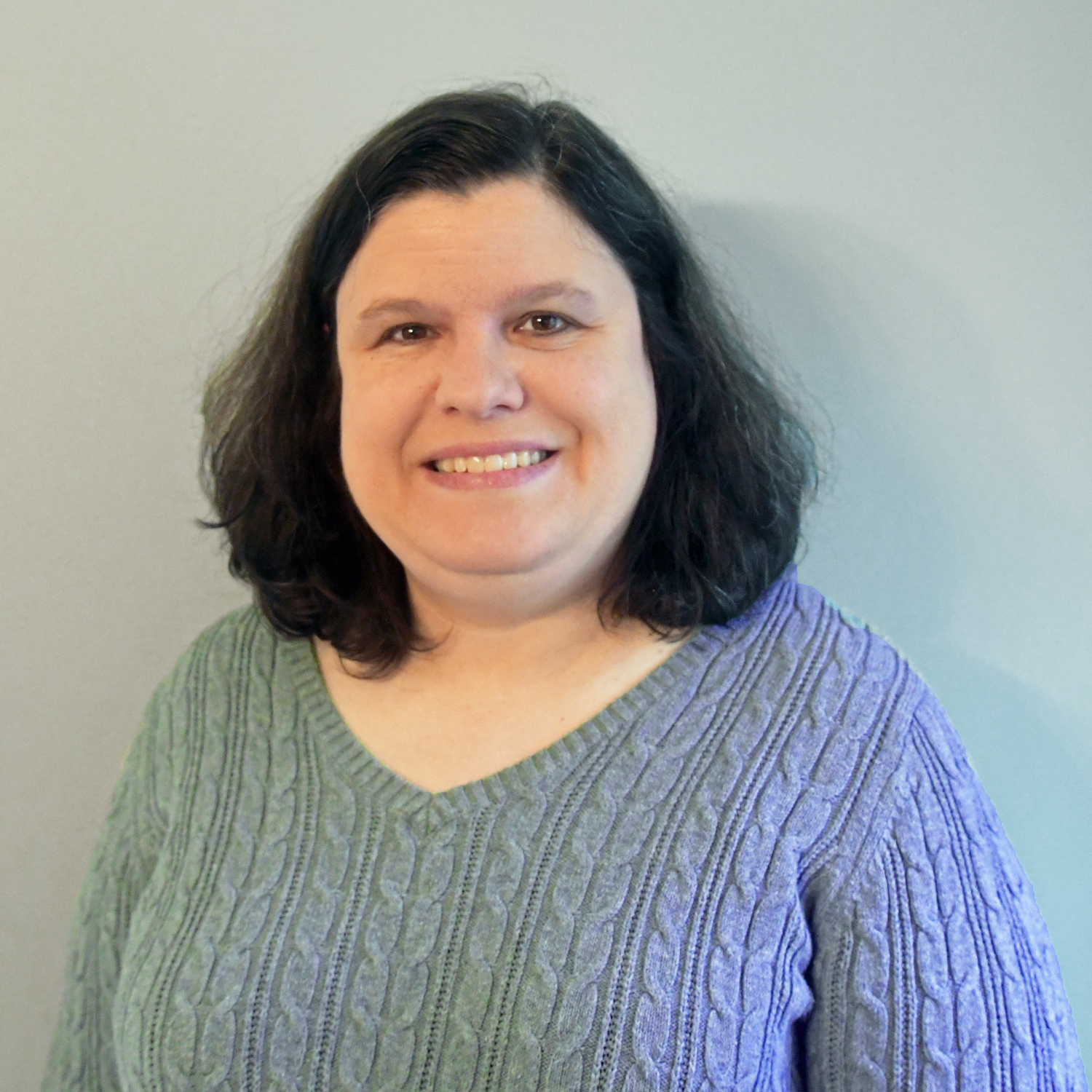
Anastacia Kohl
Who was the best teacher you had and why?
I have been blessed to have had so many wonderful teachers in my life, so that is a really hard question! The most impactful teacher I had in my K-12 experience was my 8th grade Literature teacher, Miss Arch. It was because of her example that I decided I wanted to be a teacher. She treated her students with respect and as if their thoughts mattered, even though they were just tweens/young teenagers. She made us feel valued and like we had something to contribute to discussions of literary works that had been studied for centuries. During my undergraduate work at Truman State University, the teacher who inspired me most was Dr. William Cummins, who was also my mentor. He was a truly engaging teacher who had very high expectations for his students. He also excelled at building community among students. He cooked for us, did Spanish sing-a-longs with us in class and sponsored the Spanish Club, among other things. One time we were having a review session at the Student Union for one of his exams, and we invited him, more or less as a joke. We were shocked (and thrilled!) that he actually showed up and listened to us as we went through the material, chiming in to correct or add to what we were discussing. It was amazing as a young adult to have someone respect us and care about us (and often advocate for us) in the ways that he so often did. He made me a better student and inspired me to be a better teacher.
What does it take to be a good instructor in 2023?
Two of the most important things are build community and be flexible. The pandemic really drove home the damage that feeling isolated can cause to our health and well-being. In language classes, students need to feel comfortable enough to be brave and take risks using the language in front of the instructor and their peers. If there is a strong sense of community in the class, and if the students can sense that they are part of a larger learning community, it makes it so much easier for them to put themselves out there and contribute to discussions. Flexibility has become especially important since 2020. Deadlines are good things in that they provide structure, discipline and motivation, but flexibility when warranted shows students that we trust them, and that we support them in meeting the objectives of the course, even when life throws them a curveball that requires some grace.
Tell us a story about something creative you’ve done to engage your students.
I give students the chance to draw to show me they have understood something or to create a “product” in the target language. Students often don’t get many opportunities to draw or color, but many of our students across disciplines are quite artistic. I have often given some kind of “visual art” dimension to an activity. For example, if we are learning the subjunctive, I have them make greeting cards in Spanish, practicing the message inside using the subjunctive. Or when we are studying the colorful diablos rojos, decorated Panamanian buses, I give them a blank bus outline and have them create their own diablo rojo in groups. They come up with some really fun things! My favorite visual activity: I gave students the option of drawing a picture of a short story’s plot, rather than answering comprehension questions. The students produced some wonderful drawings, and it was much more engaging for them and for me.
Soren George Palmer
Department of English and comparative literature, College of Arts and Sciences
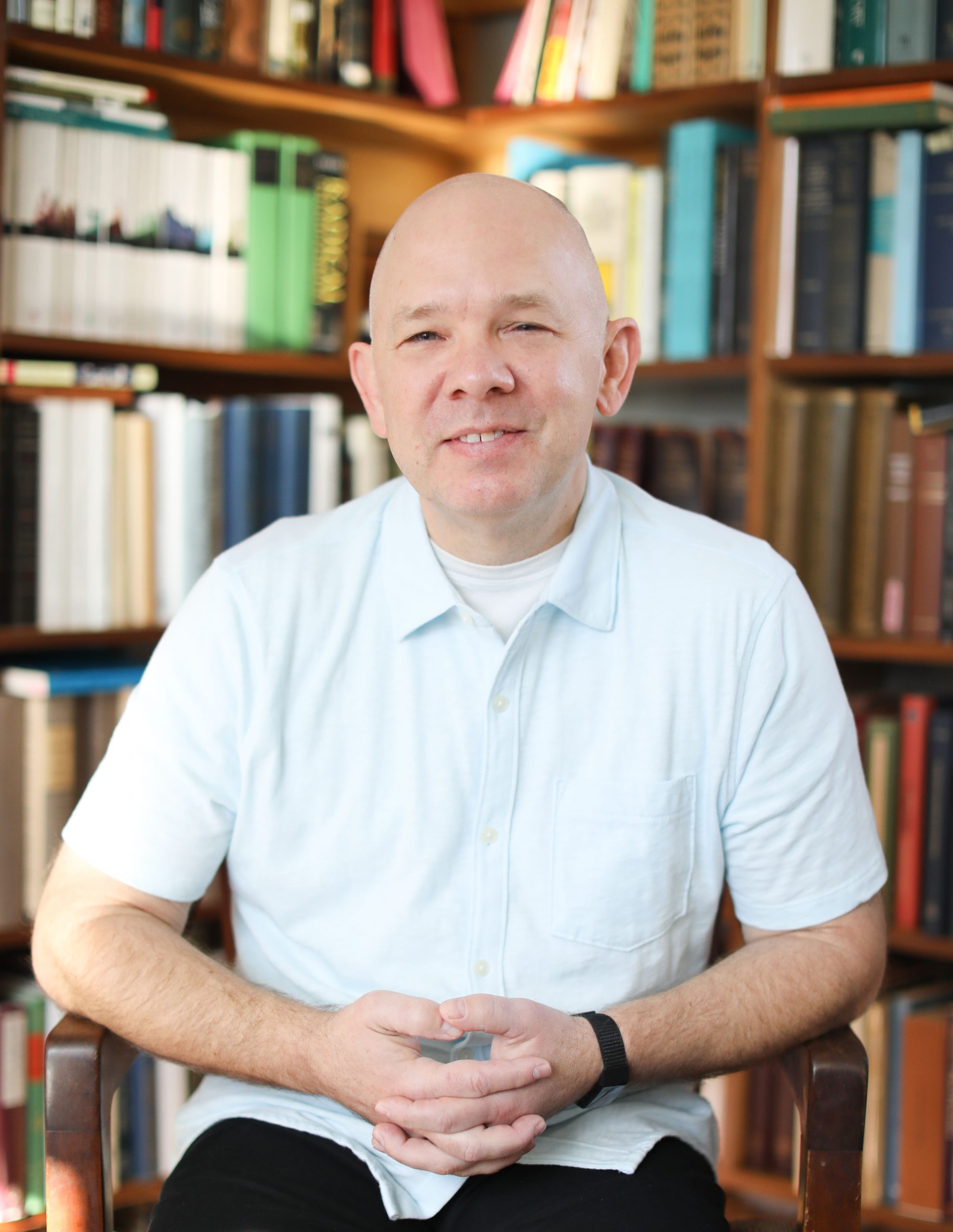
Soren Palmer
Who was the best teacher you had and why?
In trudging my way through academia, I’ve been fortunate to have a lot of fantastic teachers, all of whom I try to emulate in one way or another. Tom Boyd, a philosophy professor at the University of Oklahoma, immediately comes to mind. He was not only passionate about a potentially dry subject, but able to make it approachable for undergraduates. He had the ability to be brilliant and funny. By pushing me to think deeply about important topics and taking an interest in me personally, he basically turned around my flailing undergraduate performance. I don’t think I would’ve gotten into graduate school without him.
What does it take to be a good instructor in 2023?
I think passion for a subject is contagious. I’ve found that students, for the most part, give back as much as you give them. It’s a symbiotic relationship in that way, so I try to work really hard for them. I try to be open and honest with them so they will be open and honest with me. Occasionally a joke lands and they do me the courtesy of laughing. It’s important to create an environment where everyone feels comfortable sharing, and not everyone does, so it takes some effort to tease that comfort out for the class as a whole — at which point I try to make them uncomfortable.
Tell us a story about something creative you’ve done to engage your students.
I’ve had a lot of success examining the rhetorical situation of breakups. Breakups are essentially arguments about who is good and who is bad with a variety of rhetorical nuances at play, so it’s interesting and fun to consider which moves are effective and which fail miserably. What makes a successful breakup? What should the goals be? Because breakups are so universal, the lesson really opens up the class for discussion into a variety of subjects including rhetoric, psychology and popular culture. Plus, the stories are fantastic and the students love telling them.
Johnston Teaching Excellence Awards
Created in 1991, these awards recognize excellence in undergraduate teaching. Winners are nominated by Johnston Scholars and selected by a special committee of scholars in the James M. Johnston Scholarship Program. Two winners will receive $5,000 and a framed citation.
Gary Pielak
Department of chemistry, College of Arts and Sciences
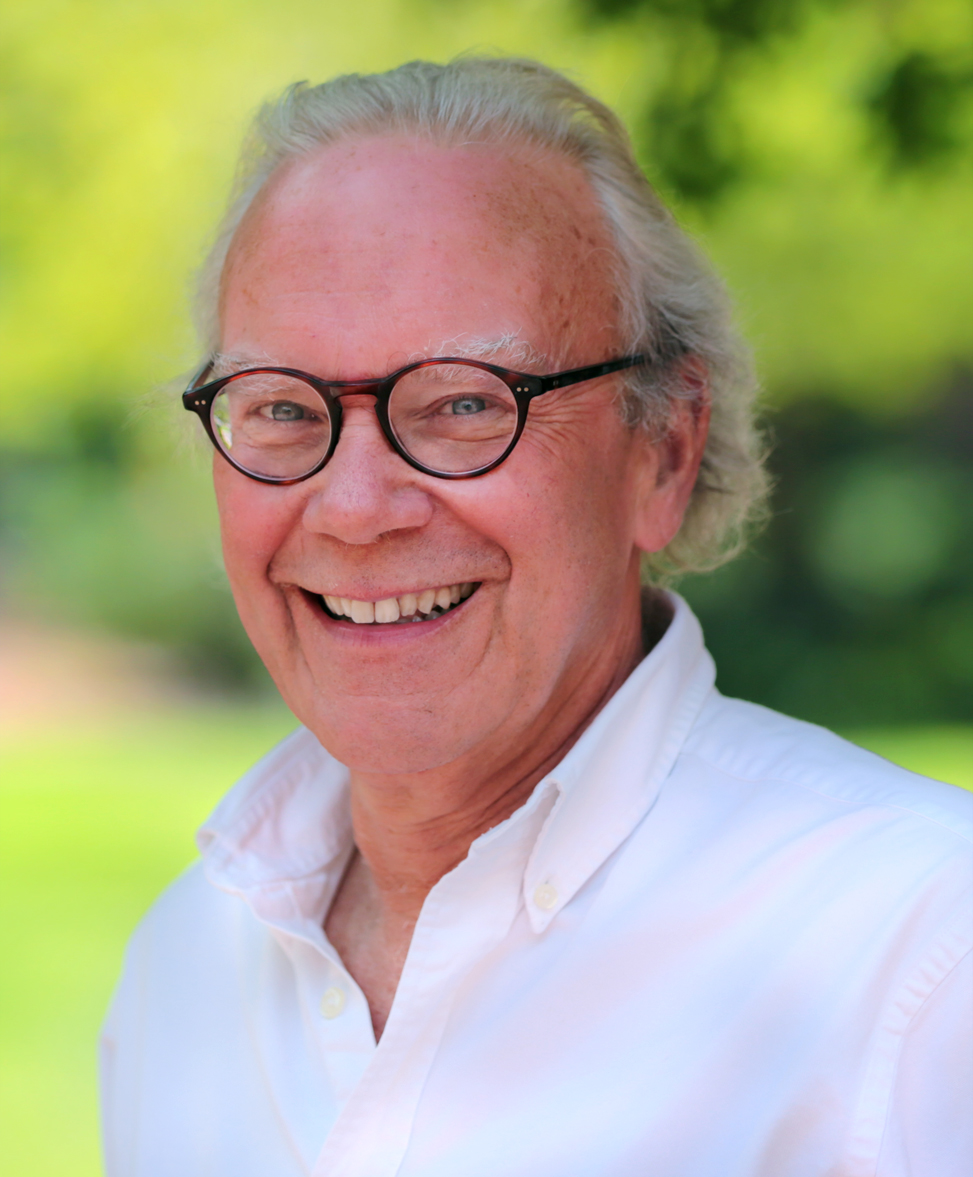
Gary Pielak
Who was the best teacher you had and why?
I can’t narrow it to one. As an undergraduate at Bradley University, I did not understand even half of Professor Singh’s physical chemistry course, but I knew the material was important because it provides a quantitative explanation for chemical observations. I’ve spent my career gaining that understanding and applying it to what I learned in Professor Depinto’s biochemistry class, which showed how chemistry relates to biology. In graduate school at Washington State University, my Ph.D. mentor, Ivan Legg, taught me the ropes of academic chemistry and served as my guide star for mentoring. As a postdoc at UBC, Michael Smith taught me the value of sticking with an idea (it got him a Nobel Prize), and at Oxford, Professor Williams taught me that folks will tell you they have scooped your work, but do not believe it until it’s published. As an assistant professor at Carolina, Professor Sorrell held my hand in my quest for tenure, listened to me moan and taught me how to teach.
What does it take to be a good instructor in 2023?
Listening is the stealth move in teaching, mentoring and in general. It’s the stealth move because so few people do it. Good listening is difficult during a large class such as chemistry 101, so I stay behind, even if a few students and I end up talking outside the lecture hall. Accessibility of the instructor in large classes is important. Questions can be asked that students would not be comfortable asking in front of a large number of their peers, and getting to know students in this way has led to their doing research in my lab. In smaller advanced undergraduate and graduate classes I hold a listening session during the first five or 10 minutes. For graduate students and undergraduates working in my lab, I have an open-door policy — if my office door is open, walk in. This policy leads to new ideas and approaches.
Tell a story about something creative you’ve done to engage your students.
Again, I must go with more than one. First, when teaching chemistry 101, I like to bring in historical aspects, like the Haber-Bosch process, which turns nitrogen gas to ammonia. It is used to make fertilizer (about 70% of the nitrogen atoms in each of us is from the process) but was also used by Germany to make explosives during the first World War. Illustrating how discoveries lead to applications, intended or not, both broadens knowledge and creates interest. Second, in upper-division and graduate classes I have students read scientific papers that turned out to be wrong, but led to the correct answer, so that they understand how knowledge is built from wrong answers and well as correct ones.

